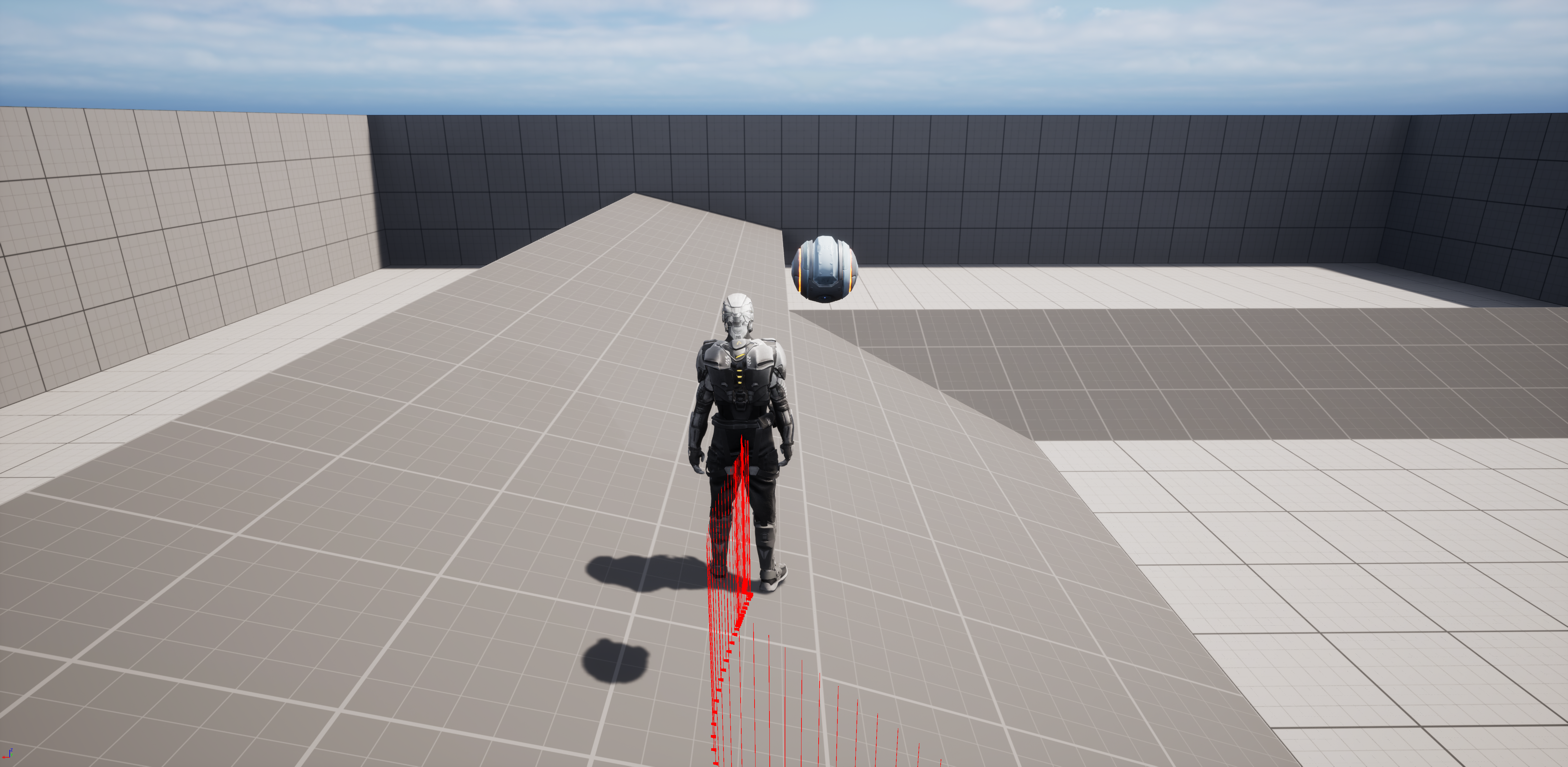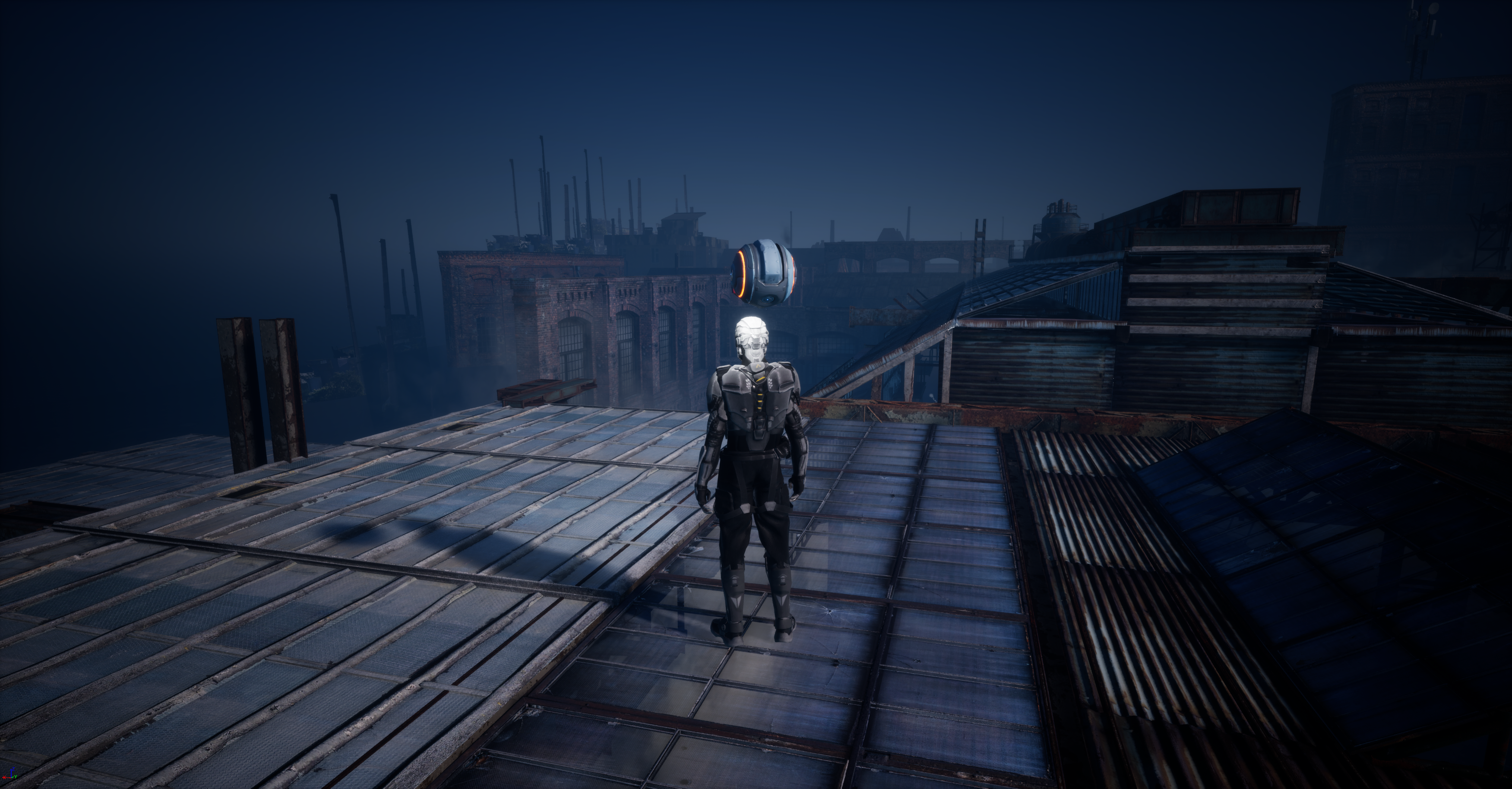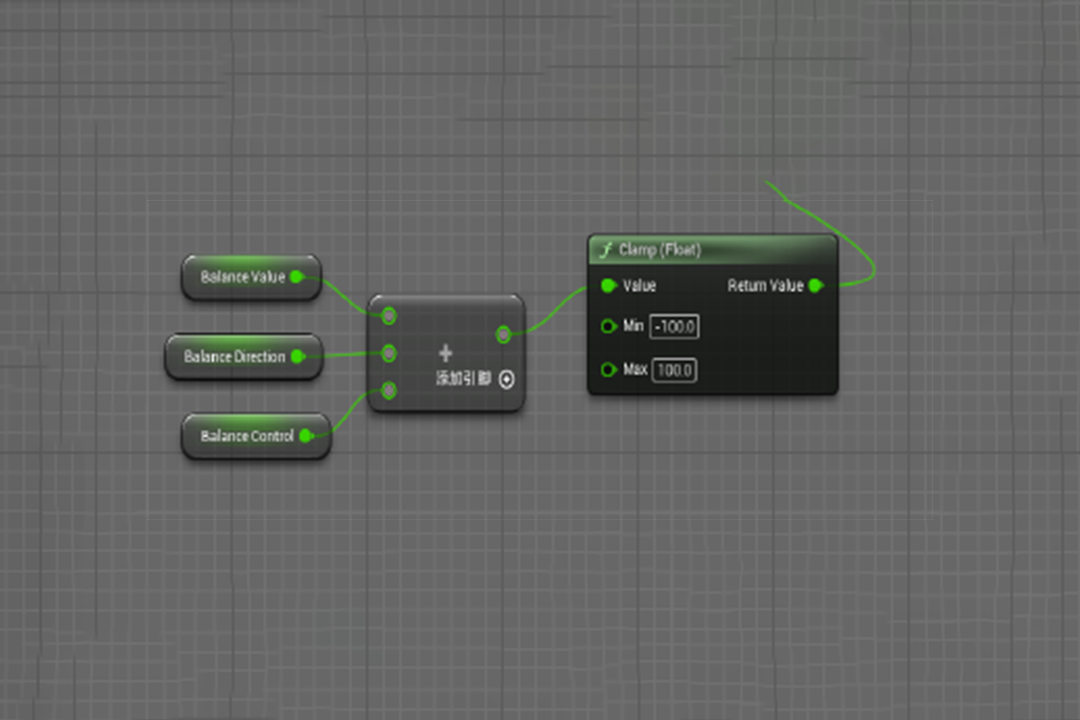Rift Ascent
Game Development

About the Project
Rift Ascend engages players in a rooftop escape in a toxic city, emphasizing balance and navigation across unstable structures. The game features a unique balance system that adapts to terrain and movement, increasing the strategic challenge.
Rift Ascend is set after a factory explosion releases toxic gas into the city. Players must reach the tallest building for rescue, navigating rooftops inspired by extreme urban sports like parkour and rock climbing, where balancing and climbing are crucial.
Key Features
Balance system
Balance system is a core mechanic, requiring players to constantly adjust their character’s position to navigate through a collapsing urban environment.
Player's Action
Players can adjust the center of gravity by manipulating the character's balance value to adapt to the changing terrain and environment.
Immersive Environment
Rift Ascend offers a refined user interface with clear, intuitive balance indicators and environmental hazard feedback.
Diverse strategic choices
Players can choose to climb high or shuttle through narrow roofs.
Gallery






Technical Details
Play the Game
Development Process
The development of Rift Ascend follows a structured, player-centric iterative approach. The process is focused on rapid validation of core gameplay, phased visual enhancements, and polishing the player experience through a continuous feedback loop.
1. Inspiration & Prototyping
Inspired by the way cargo affects the character's center of gravity in the game Death Stranding, I decided to replicate a similar game mechanic. In the early stages, I focused on defining the game's core "feel"—aiming to create a unique experience that blends tension, surprise, pressure, and a sense of crisis. To achieve this goal, I prioritized prototyping several key systems:
- Core Movement Mechanics: I established the character's balance and movement systems to ensure the foundational controls felt fluid and responsive.
- Level Design Philosophy (Meta Design): I designed level blueprints with clear paths and vertical spaces to guide the player through obstacles and challenges. The goal was to create a core gameplay loop centered on exploration and parkour.
- Visualized Balance Meter: I designed a system to visualize the balance meter (Stamina), which serves as the foundation for all actions and encourages strategic gameplay over reckless moves.
2. The "Three-Step" Iterative Development Process
Every scene and feature in the game follows a clear iterative process, which allows me to rapidly validate design ideas before committing to full art production.
- Step 1 - Scene Blockout: I first used simple sketches and geometric shapes to quickly build the basic framework of the level. The focus at this stage was on testing the level's flow, player pathing, and the layout of combat and objectives.
- Step 2 - Art Block-in: Once the blockout version was validated, I replaced the simple shapes with preliminary art assets. This stage aimed to establish the scene's overall atmosphere, color palette, and artistic style.
- Step 3 - Detailing & Polish: Finally, I focused on enhancing the final visual quality. This included adding detailed lighting, post-processing effects, particle effects, and refining material details to make the world feel alive and believable.
3. Testing & Feedback Loop
Player feedback is a crucial part of the entire development process. I regularly invite players for testing and gather valuable opinions through face-to-face interviews. This feedback is then used directly to adjust and optimize future game design.
4. Future Development Plans
The initial development of Rift Ascend has concluded for now, but I have not shown the game's second scene (an escape room-style puzzle area) as it is still under development. In the future, I may add more content and features to the game:
- Design more types of terrain.
- Introduce more diverse and complex level mechanics.
- Fully implement support for controllers.